How to clean a wetsuit in 6 easy steps
Whether you’ve just been too tired to rinse it regularly, peed in it or packed it away damp, you need to know how to clean a wetsuit to keep it functioning and fresh
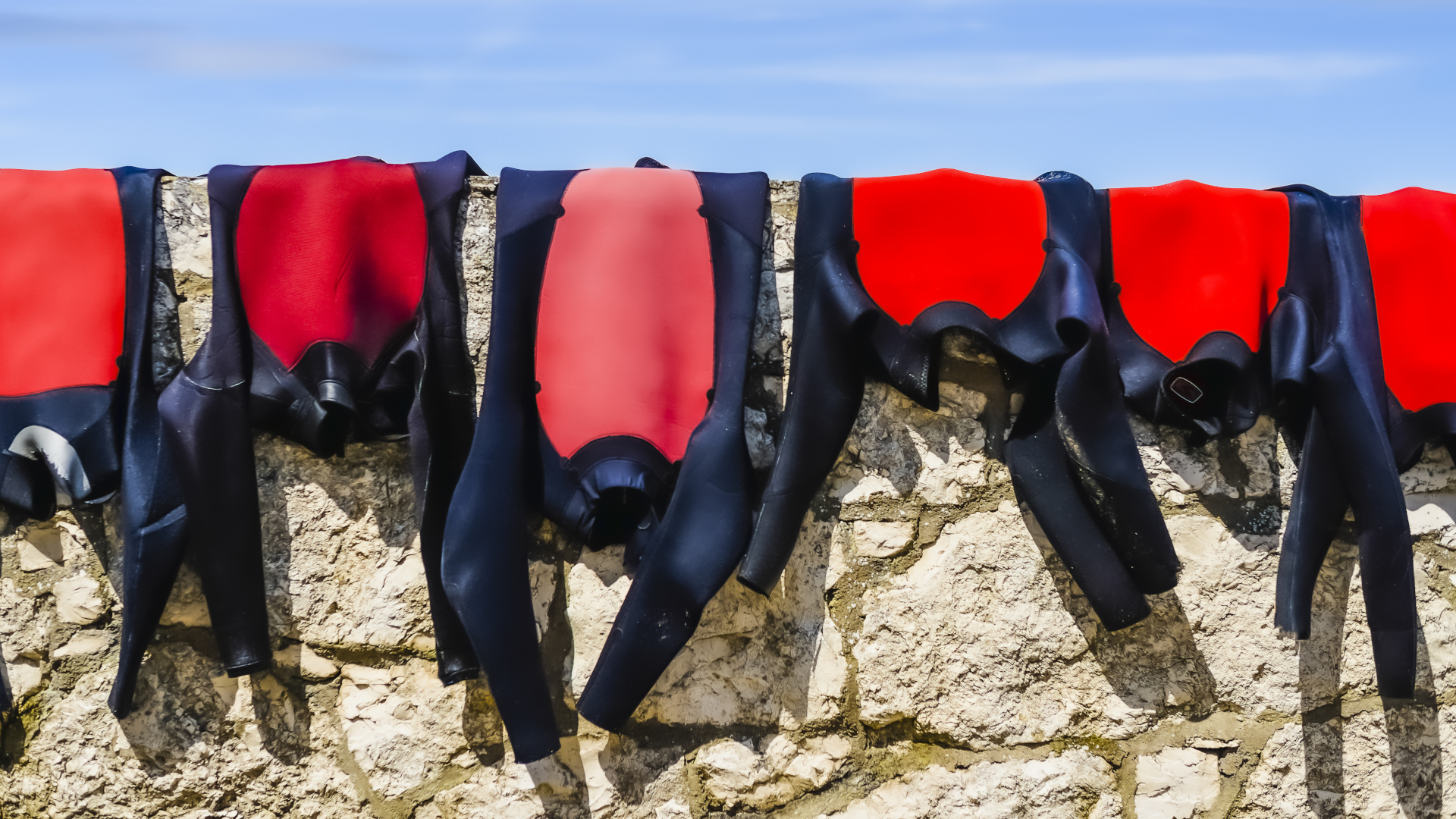
If you’re one of the many people who have taken to the open water in the past few years, you may have treated yourself to some some of the best water shoes and a second skin in order to keep your wild swimming season going all year. A good wetsuit is no small investment and at first, you probably swore you’d really look after it. But now, after countless hours in the water, it’s starting to smell a bit suspicious.
Perhaps it’s just the accumulated stench of hours sweating in it as you freestyle your way across the lake. Maybe you were too tired to rinse it after wrestling yourself out of it and just chucked it in the back of the van a few times. And let’s face it, you’ve almost definitely peed in it at least once by now. So how do you restore it to its original splendor? Can you just chuck it in the washing machine? Let’s take a look at exactly how to clean a wetsuit so you can get yours back to looking and smelling new and keep your wild swimming kit in mint condition.
Can I machine wash a wetsuit?
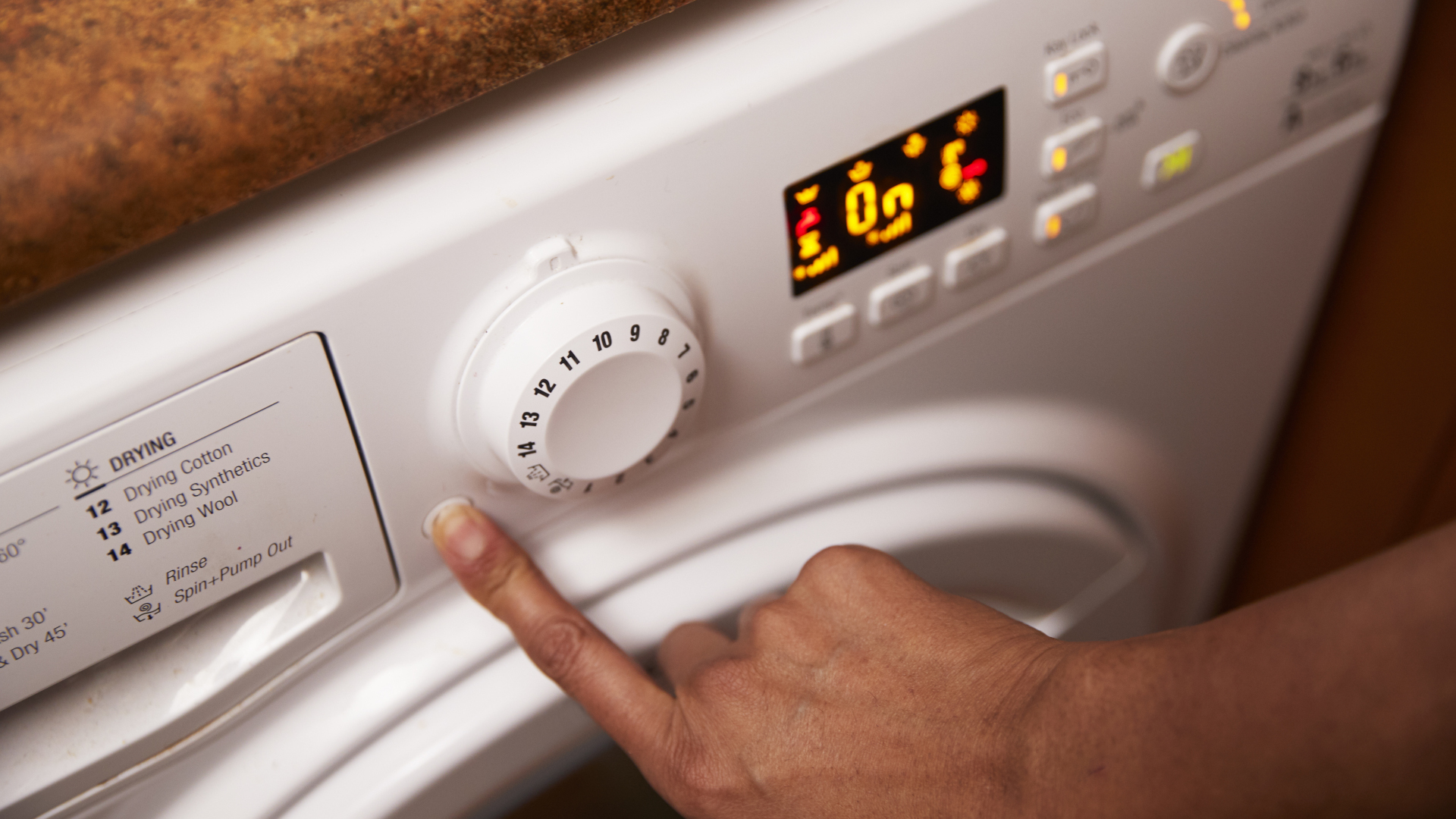
Before we get into how to clean a wetsuit, let’s answer this common question. Do not, under any circumstances, wash your wetsuit in the washing machine. Other things you cannot do include washing your wetsuit using hot water or detergent, washing it with other items, ironing it or hanging it up to dry with a cheap wire hanger. All of these things will damage the neoprene which will ultimately mean your beloved wetsuit won’t do its job properly.
How to clean a wetsuit
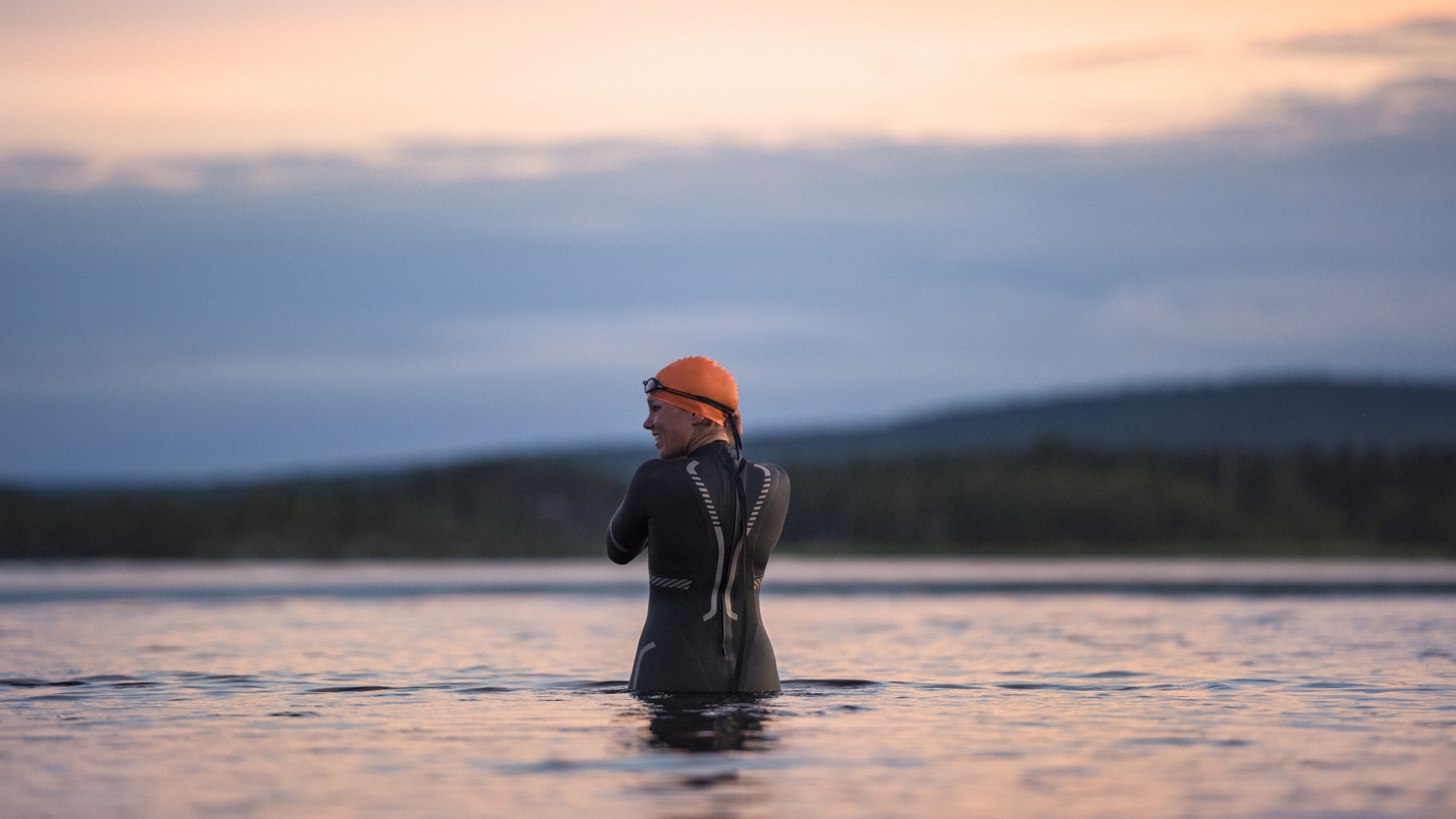
Though it might seem like your wetsuit is getting washed every time you use it, the best thing you can do is rinse your wetsuit in clean, non-salty water after every use. You can get in the shower while wearing it then peel it off so it’s inside out and rinse it before washing yourself. Alternatively, take it off, turn it inside out and slosh it around in the sink, tub or the lake. Keep it inside out so that the part that is closest to your body dries quicker, which is helpful if you’ll be using it again soon. This is also believed to help the neoprene lining restore its flexibility as it can become a little stiff.
If you’ve missed a few rinses or just want to give your wetsuit a good maintenance scrub, which is recommended to keep it functioning well, pick yourself up some wetsuit cleaner such as Nikwax Wetsuit Refresh and follow these steps:
1. Fill the tub
Fill your bathtub or a large sink with cool water. Add the wetsuit cleaner according to the directions on the bottle.
2. Prepare the wetsuit
Unzip all the zippers on your wetsuit and turn it inside out. Submerge your wetsuit in the water.
All the latest inspiration, tips and guides to help you plan your next Advnture!
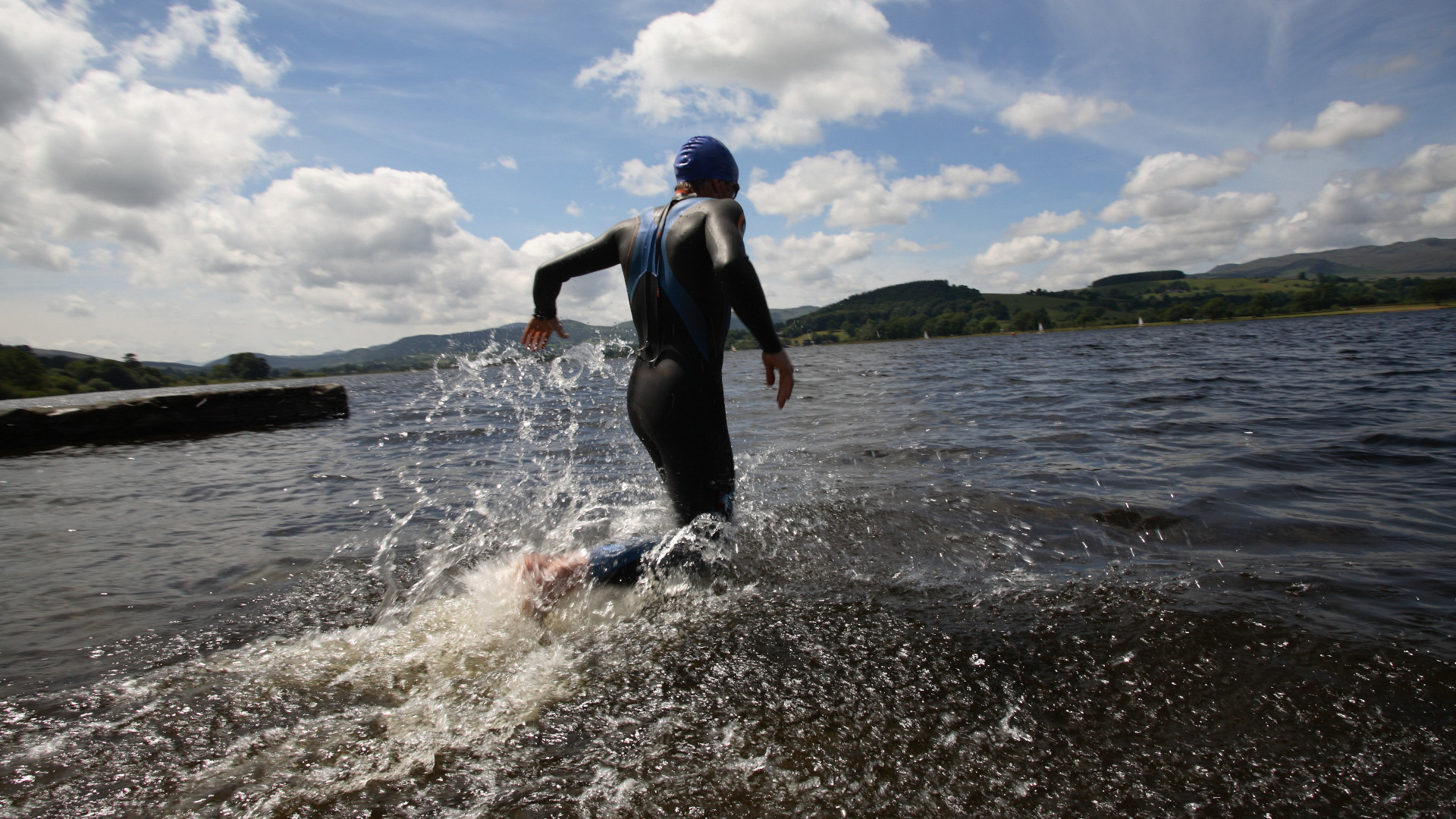
3. Knead and soak the wetsuit
Knead the wetsuit to work the cleaner into it then leave it to soak according to the directions on the bottle – this may be up to 15 minutes.
4. Rinse the wetsuit
Empty the tub then thoroughly rinse the wetsuit in clean water until all the cleaner residue is gone.
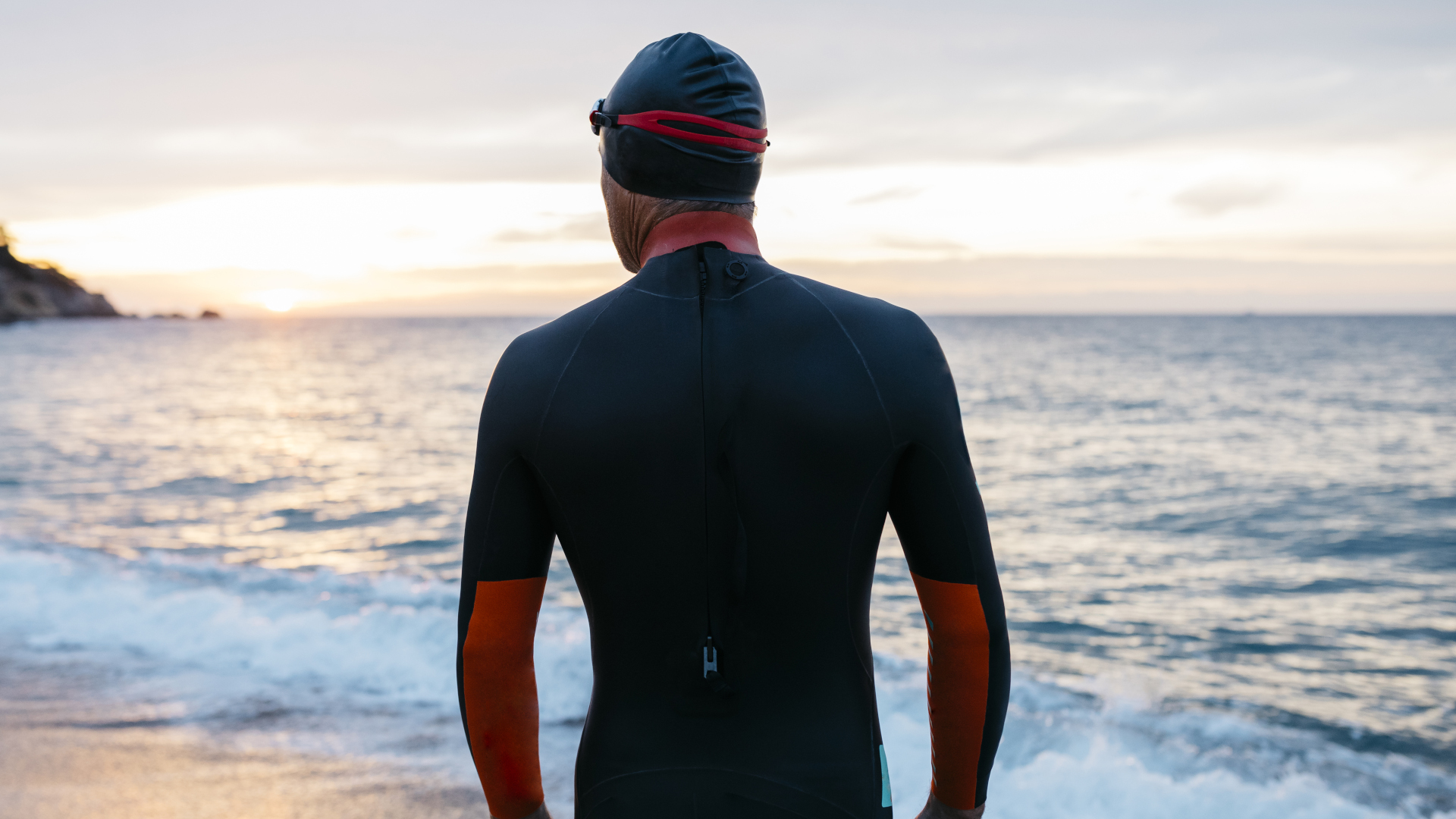
5. Dry the wetsuit
Ideally, hang your wetsuit up to dry over a clothes horse in a well ventilated indoor space. Keep the zips open to allow better air flow throughout the suit. If you don’t have a clothes horse, you can use a thick wooden hanger but double the wetsuit over and hang it from the waist rather than the shoulders so it doesn’t stretch out. If you need to hang your wetsuit up to dry outdoors, make sure it is in the shade as direct sunlight for a long period will accelerate the degradation of the neoprene. The following day, if your wetsuit isn’t completely dry yet, turn it outside in again and hang it up until it’s dry.
6. Store the wetsuit properly
When your wetsuit is completely dry, store it in a cool, dry, dark place until you’re ready to use it again. You can fold it up or hang it on a thick wooden hanger by the waist.
Julia Clarke is a staff writer for Advnture.com and the author of the book Restorative Yoga for Beginners. She loves to explore mountains on foot, bike, skis and belay and then recover on the the yoga mat. Julia graduated with a degree in journalism in 2004 and spent eight years working as a radio presenter in Kansas City, Vermont, Boston and New York City before discovering the joys of the Rocky Mountains. She then detoured west to Colorado and enjoyed 11 years teaching yoga in Vail before returning to her hometown of Glasgow, Scotland in 2020 to focus on family and writing.

